Cumin is a versatile spice highly valued for its warm and earthy taste. Employed in various global cuisines, it imparts depth and richness to various dishes. Cumin's aromatic, nutty, and slightly peppery notes make it an indispensable ingredient in both savory dishes and even some sweet recipes, providing a distinctive and delightful taste to a wide array of dishes.
So, what if you find yourself without any cumin in your kitchen? In this post, we will share the best substitutes for cumin using ingredients you may already have in your kitchen.
What is Cumin
Cumin is a spice made from the dried seeds of Cuminum cyminum, a plant in the parsley family. It is native to the Middle East and India but is widely used in Latin American, African, and Asian cuisines. Whole cumin seeds are typically toasted to enhance their nutty, earthy flavor before ground into cumin powder. It's known for its distinctive aroma and is a key ingredient in many spice blends, including curry powders, garam masala, and taco seasoning. Cumin adds depth and warmth to dishes, making it a staple in stews, soups, and spice rubs.
The 11 Best Cumin Substitutes To Try
Ground Coriander
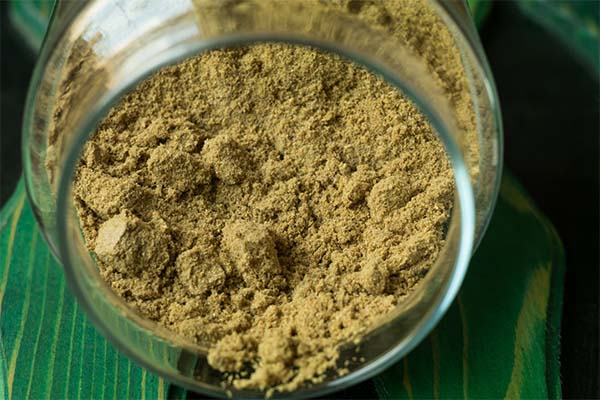
Ground coriander seeds, sourced from the seeds of the cilantro plant, serve as a superb alternative to cumin in numerous culinary applications. While cumin is earthy and warm, coriander offers a sweet, citrusy flavor with a floral aroma, providing a different yet complementary taste profile. This makes ground coriander particularly suitable in dishes where a milder, slightly sweet flavor is desired.
When substituting, I recommend starting with half the amount of coriander called for in the recipe and then adjusting to taste. Coriander's flavor is less intense and more lemony compared to cumin's robustness.
Ground coriander works well in spice blends, marinades, and many dishes traditionally using cumin, including curries, soups, falafel, and meat rubs like chicken shawarma and kafta. This substitution is especially useful in lighter dishes like seafood or vegetable recipes, where coriander's subtle, slightly citrusy notes can enhance flavors without overwhelming them.
Caraway Seeds
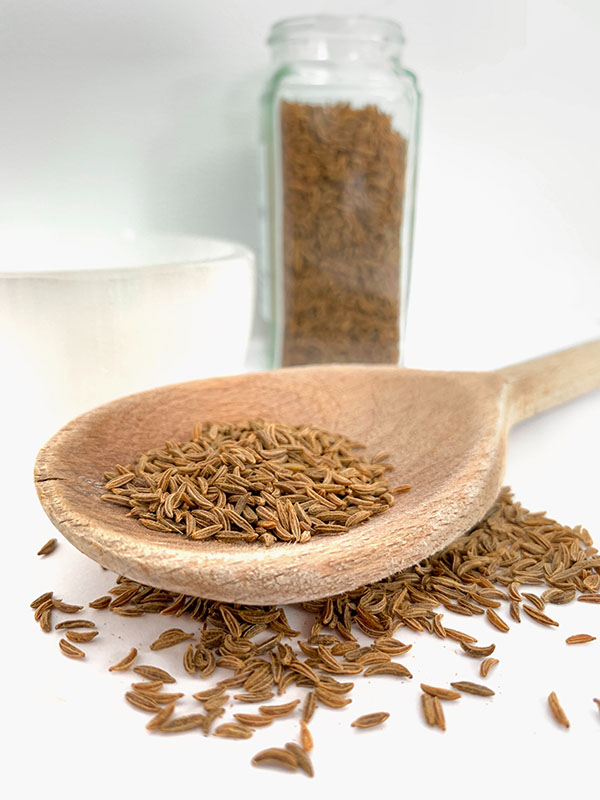
Caraway seeds are a fantastic substitute for cumin, particularly in recipes where a similar earthy, slightly peppery flavor is desired. Originating from the Apiaceae family, caraway seeds possess a distinct taste, somewhat more bitter and with a hint of citrus, compared to cumin's warmer, nutty flavor. This unique taste profile makes them especially suitable in dishes like lentil soups, stews, and hummus, where cumin is traditionally used.
When caraway seeds are used as a cumin substitute, it's advisable to start with a smaller quantity — about half the amount of cumin called for in the recipe — as their flavor can be quite potent.
Caraway seeds excel in European dishes like sauerkraut and rye bread and can also complement the flavors in Middle Eastern and Mediterranean cuisine. The substitution works particularly well in recipes that can benefit from caraway's slightly anise-like undertone, adding a complex flavor dimension. Caraway seeds are an excellent choice for those looking to replicate the depth of cumin while introducing a unique flavor twist.
Fennel Seeds
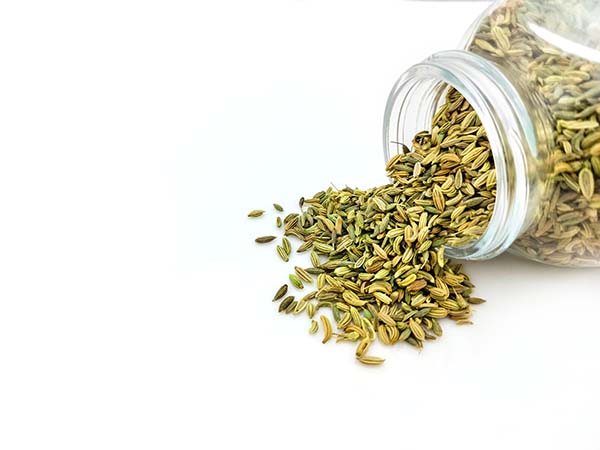
Fennel seeds are one of the best substitutes for cumin, offering a similar aromatic quality with a unique twist. While cumin has a warm, earthy flavor, fennel seeds provide a slightly sweeter, licorice-like taste, adding an interesting dimension to various dishes.
Given their more potent and distinctive flavor, fennel seeds should be used in slightly reduced quantities as a substitute for cumin. A reasonable starting point is to use half the amount of fennel seeds compared to the cumin specified in the recipe, making adjustments based on personal taste preferences.
Fennel seeds are particularly suited to Mediterranean and Italian cuisines, where their anise-like flavor complements dishes like sauces, sausages, and fish preparations. They also work well in spice blends and dry rubs for meat. This cumin substitute is ideal in recipes where a hint of sweetness and a fresh, slightly herbal note can enhance the overall flavor profile, making fennel seeds a versatile and intriguing alternative to cumin.
Chili Powder
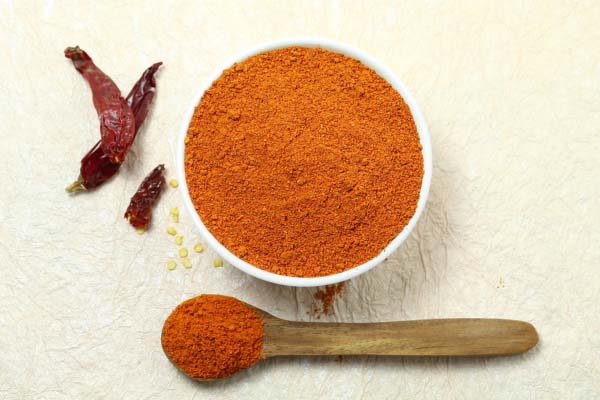
Chili powder can be a suitable substitute for cumin in recipes that can accommodate its additional heat and complexity. While cumin offers a warm, earthy flavor, chili powder blends various spices, including ground chili peppers, oregano, garlic powder, and sometimes cumin itself, resulting in a spicier, more multifaceted taste.
When substituting chili powder for cumin, it's important to consider the increased heat and complexity it brings. I recommend that you begin with half the quantity of chili powder compared to cumin and, subsequently, fine-tune it based on your taste preferences and the desired level of spiciness for the dish.
Chili powder works well in dishes like chili, stews, and Mexican or Southwestern cuisine, where its bold, spicy flavor can be a central component. However, caution is advised in recipes where cumin's subtler, earthy notes are essential, as chili powder can significantly alter the flavor profile. Chili powder is ideal for those who enjoy a bit of heat and a more layered spice profile in their cooking.
Paprika
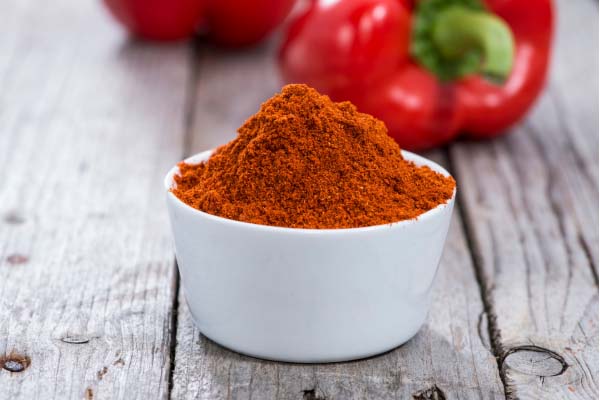
Paprika, a spice made from ground sweet red pepper pods, is a flavorful cumin substitute in certain recipes. While cumin imparts a warm, earthy taste, paprika offers a different profile, ranging from sweet and mild to smoky flavor, depending on the variety. This versatility makes it a suitable alternative in dishes where a more vibrant color and a different flavor dimension are desired.
When substituting paprika for cumin, use it in a one-to-one ratio, but consider the paprika's intensity. Smoked paprika can add a depth similar to cumin but with a distinct smokiness. This cumin substitute works well in spice rubs, stews, and meat preparations, adding color and a subtle, nuanced flavor. It's particularly effective in European and Spanish dishes like paella and goulash.
Paprika, however, lacks the strong earthy note of cumin, so it's best used in recipes where its sweet or smoky character can be appreciated without overpowering other ingredients. For individuals eager to explore diverse flavor profiles, paprika is a fascinating and vibrant substitute for cumin.
Ground Turmeric

Ground turmeric is a great cumin substitute in dishes where its vibrant color and distinct flavor can be embraced. Turmeric, known for its bright yellow hue and slightly bitter, earthy taste, differs from cumin's warm, nutty flavor. The distinct taste profile of turmeric makes it well-suited for dishes that can enhance and complement its unique characteristics.
When substituting turmeric for cumin, it's advisable to use a smaller amount, starting with half of the cumin quantity, as turmeric's flavor is potent and can dominate a dish. Turmeric works well in curries, rice dishes, and vegetable preparations, imparting a rich color and a subtle, earthy depth. It's particularly effective in Indian and Middle Eastern cuisines, complementing other spices in the recipe.
However, caution is needed to ensure that turmeric's distinctive flavor and coloring do not overwhelm the dish's overall taste. Turmeric, renowned for its anti-inflammatory properties, presents an interesting alternative to cumin for those seeking a twist in their recipes and an additional health benefit.
Garam Masala

Garam masala, a blend of ground spices common in Indian cuisine, can serve as an excellent substitute for cumin, particularly in dishes that welcome complex and warm flavors. Unlike cumin's singular, earthy note, garam masala typically combines various spices like coriander, cardamom, cinnamon, cloves, and sometimes cumin itself, offering a richer and more layered taste profile.
When substituting garam masala for cumin, consider its potent flavor. Commence by using half of the specified amount of cumin in the recipe and adjust according to your taste preferences. This spice blend excels in curries, soups, and meat dishes, where it can add depth and warmth without overpowering other ingredients. It's especially effective in recipes that already incorporate a variety of spices, allowing garam masala to blend in seamlessly. While it changes the flavor profile significantly, garam masala is a great option for those looking to add a symphony of flavors to their dishes, embracing the aromatic and diverse essence of Indian cooking.
Curry Powder
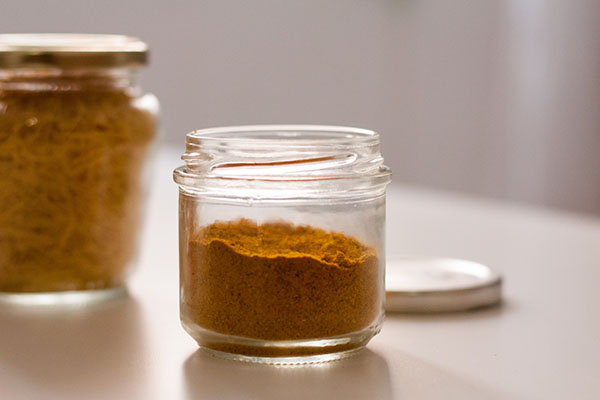
Curry powder, a blend of spices including turmeric, coriander, chili, and sometimes cumin, offers a vibrant and complex alternative to cumin in various dishes. While cumin has a singular, earthy, and slightly spicy flavor, curry powder combines multiple elements, resulting in a more layered taste experience. The curry powder blend is particularly effective in recipes that benefit from a medley of spices, such as curries, stews, and marinades.
When substituting curry powder for cumin, start with a smaller amount — about half the quantity of cumin — as its flavor profile is broader and more intense. Fine-tune the seasoning according to your taste, taking into account the presence of other spices in your recipe. Curry powder works well in Indian and South Asian dishes and vegetarian and meat-based recipes, adding a depth of flavor and a hint of color.
Taco Seasoning Mix
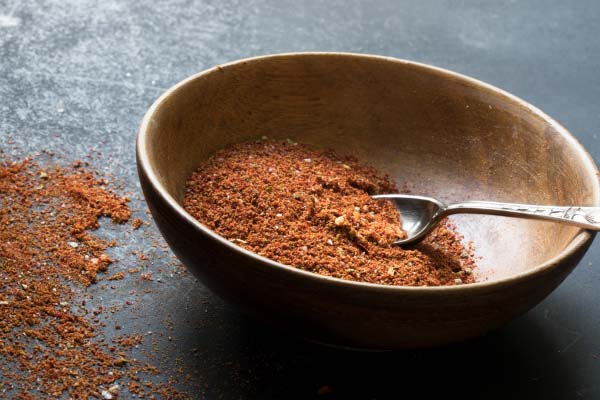
Taco seasoning, a spice blend commonly comprising crushed red pepper flakes, paprika, cayenne pepper, onion powder, garlic powder, and often cumin, is an effective substitute for cumin in dishes that can accommodate its diverse and robust flavor profile. While cumin provides a singular, earthy warmth, taco seasoning offers a more complex array of flavors, making it suitable for recipes with a spicier, more varied taste.
When substituting taco seasoning for cumin, use a slightly lesser amount initially — about three-quarters of the cumin quantity — as its blend of spices can be more potent. This substitution is particularly effective in Mexican and Tex-Mex dishes such as tacos, fajitas, and chili, where the seasoning's mix of spices can enrich the dish with a depth of flavor. Taco seasoning adds both the warmth of cumin and layers of spice, garlic, and onion notes from onion powder, providing a convenient and flavorful alternative in recipes that embrace bold, zesty flavors.
Cumin Seeds
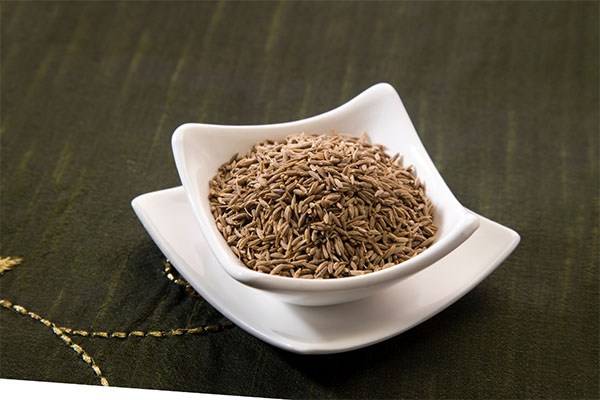
Cumin seeds are an excellent cumin substitute, offering a fresher and more intense flavor. Ground cumin, derived from the same seeds, loses some potency over time, whereas the seeds retain their aromatic oils and robustness.
When substituting cumin seeds for ground cumin, the key is to adjust the quantity appropriately. Since the seeds are more concentrated in flavor, use about half the amount of ground cumin called for in the recipe. Toasting the cumin seeds briefly in a dry pan can enhance their flavor, making them an ideal choice for dishes where cumin's distinct, earthy, and slightly spicy flavor is a centerpiece. Then, grind cumin seeds in either a spice grinder or a coffee grinder—one teaspoon of cumin seeds produces approximately 3/4 teaspoon of ground cumin.
Cumin seeds work well in Indian curries, Middle Eastern dishes, and Mexican cuisine, adding a depth of flavor to stews, soups, and meat rubs. This substitution is particularly effective in recipes where the cumin flavor must stand out, offering a fresher and more vibrant alternative to its ground counterpart.
Chipotle Powder
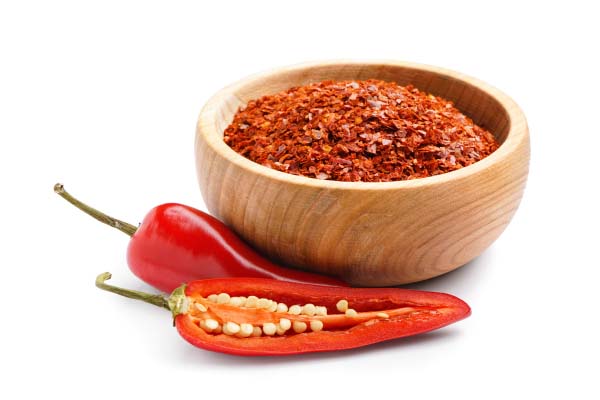
Chipotle powder, made from dried and smoked jalapeño peppers, offers a distinctively smoky and spicy alternative to cumin. While cumin imparts an earthy, warm flavor, the chipotle powder adds a deep, smoky heat that can transform the flavor profile of a dish. This makes it particularly suitable for recipes that can handle a bit of spice and smokiness, such as Mexican and Southwestern dishes.
When replacing cumin with chipotle powder, it's crucial to consider the heat level inherent in chipotle powder. Start with about half the amount of cumin called for, then adjust to taste, considering the spice tolerance of those you're serving. Chipotle powder is excellent in marinades, meat rubs, chili, and stews, where its robust flavor can shine. It's a great choice for adding a smoky depth to dishes, but it's best used in contexts where its unique flavor profile can be appreciated and not overpower the other ingredients in the recipe.

